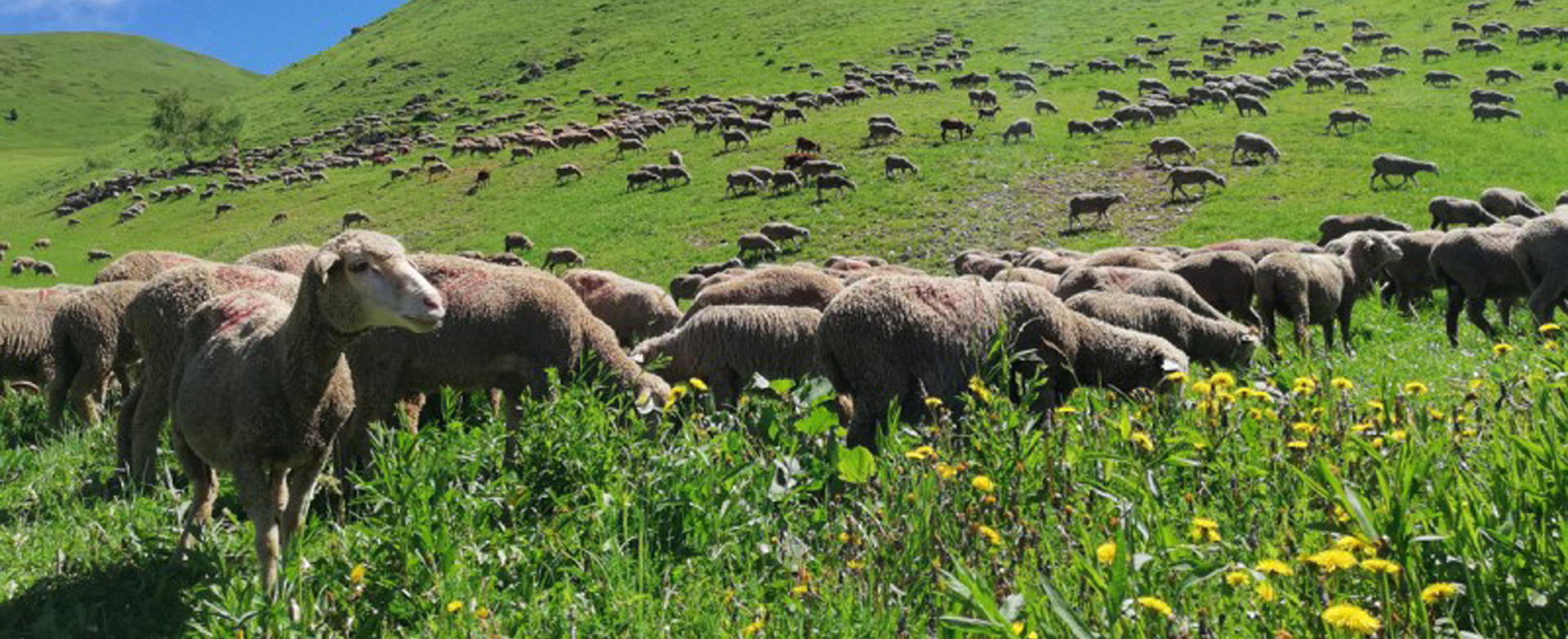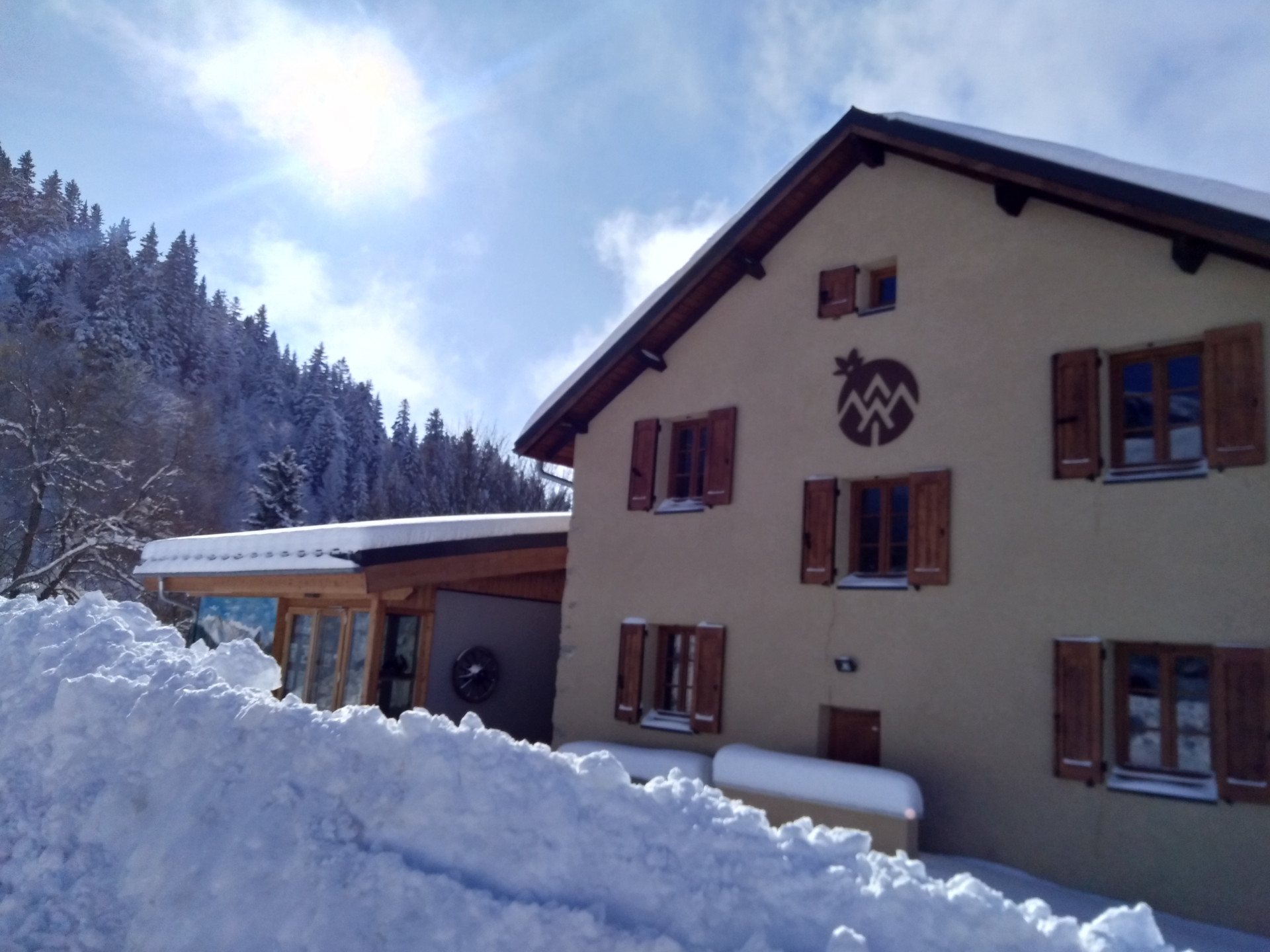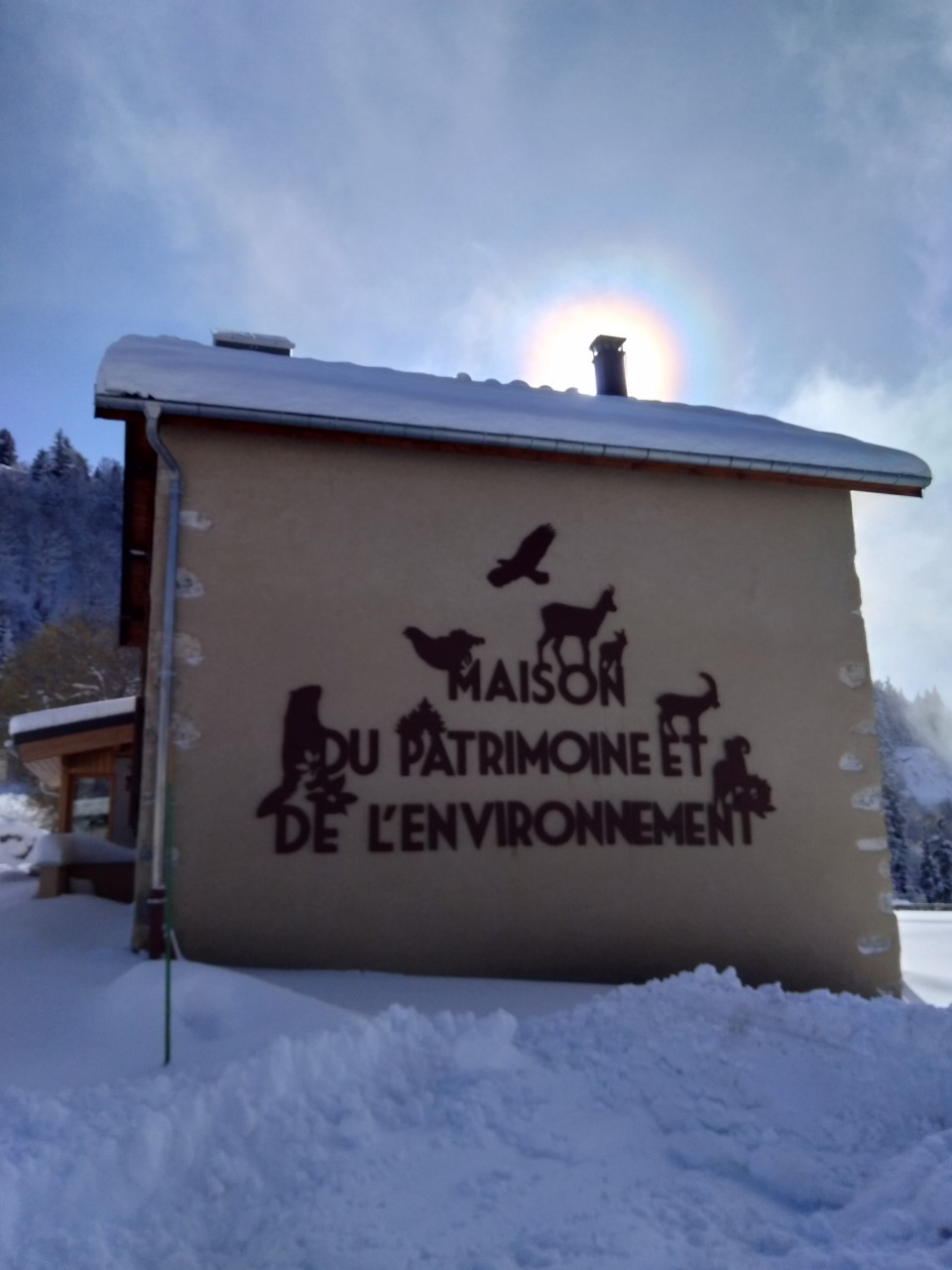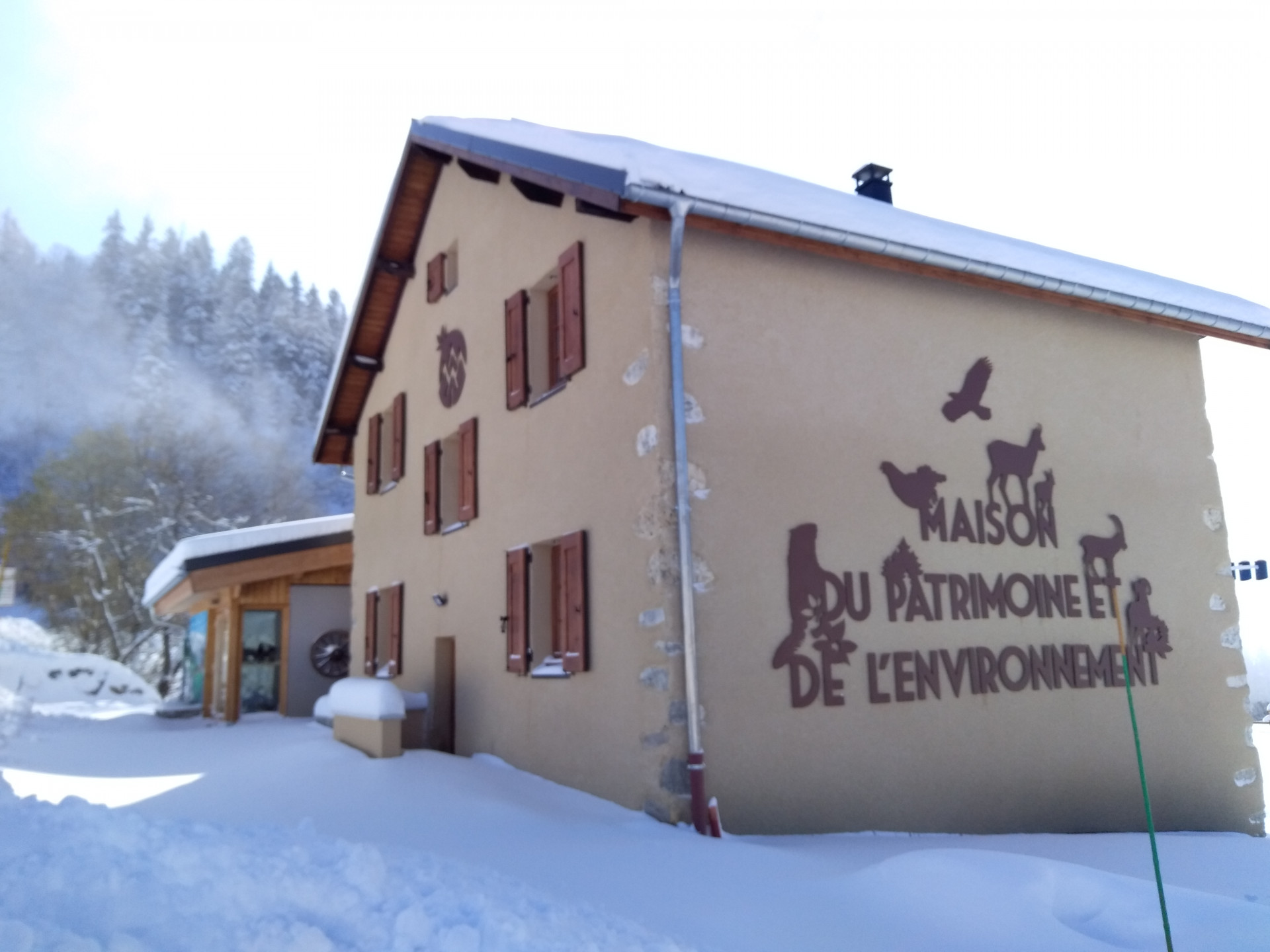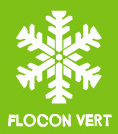Arte podcast - Chamrousse history and mountain pastures
Presentation
Chamrousse spring podcast
Discover the history of Chamrousse pastoralism, past and present, thanks to the stories of the men and women who live it every day. Because the mountain is not only a magnificent playground for nature and outdoor sports enthusiasts, it is also a place of work for the shepherd, the breeder, the farmer...The number of people coming to the mountains is increasing and these new visitors are sometimes unfamiliar with the rules and practices in the mountains. The Maison du Patrimoine et de l'Environnement in Chamrousse, one of the gateways to the Belledonne massif, therefore has the task of informing and raising the awareness of these new visitors in order to ensure that the various activities and players present in the mountains, particularly on the mountain pastures, can coexist.
The idea here was to create sound bites about pastoralism in Belledonne, in particular about transhumance, the shepherd's job and its various facets, in order to raise awareness, respect and share this agricultural heritage activity, which shapes the mountain landscapes and maintains the vast expanses of the mountain pastures.
Let yourself be told about the extraordinary daily life of the shepherd and his flock of sheep, which you can meet in Chamrousse during your summer holidays or your day in the mountains!
A little pastoral history of Chamrousse
Let yourself be carried away for about 34 minutes of discovery by walking together from Pinet d'Uriage to Chamrousse with a few keys to understanding the transhumance route, the constraints and benefits of this profession and how to cohabit with it when you are a hiker.Work on the history of pastoralism in South Belledonne has begun with the Isère Alpine Pastures Federation and the commune of Chamrousse, and these audio stories add to this work.
All podcasts to discover: caution only in French!
- "Richesse de la flore alpine" (duration: about 3 minutes)
- "À chaque étage, sa végétation" (3:21)
- "En chemin de Pinet d'Uriage à Chamrousse" (8:50)
- "L'or vert de Chamrousse", by Benoit Villard, shepherd of Chamrousse (3:61)
- "Jean de la lune", by Jean Didier, former shepherd (3:50)
- "Chamrousse, porte d'entrée des alpages" (4:50)
- "Transhumer à pied, en train, en camion" (4:18)
- "Le courage de Pierre Boulou", by Bernadette Chastagnol-Belmont, librarian in Chamrousse (3:52)
The Villard family, for 5 generations on the Chamroussien mountain pasture
Let yourself be guided for about 30 minutes through the incredible and little-known work of the Villard family, who have been grazing on the Chamrousse mountain pasture for (at least) five generations, i.e. almost two centuries. During this period, the mountain pasture was shaped by the establishment of the Chantiers de la Jeunesse Française (French Youth Workshops) in the early 1940s, and then by the development of the Chamrousse resort, a pioneer in winter sports and the site of the Olympic Games in 1968. Since then, pastoral activity has continued to adapt, not without difficulty, to social, economic and ecological transformations.With Benoit Villard, shepherd of Chamrousse and Bruno Caragelle, director of the Federation of the mountain pastures of Isère departement.
All podcasts to discover: caution only in French!
- "C’est l’herbe qui commande pour pâturer !" (duration: about 2 minutes)
- "Insigne original & cloches : mes outils de repérage" (3:23)
- "Mes moutons de race Mérinos" (4:18)
- "Conseils aux promeneurs & vététistes" (4:35)
- "Holly & Maya, mes chiens de conduite" (3:16)
- "Mon métier de berger et d’éleveur" (5:27)
- "Préparer la transhumance d’Arles à Chamrousse" (4:11)
- "Généalogie de ma famille" (3:25)
We also suggest you
Chamrousse 1650
-
- Free
- Shuttle stop 300 m away


